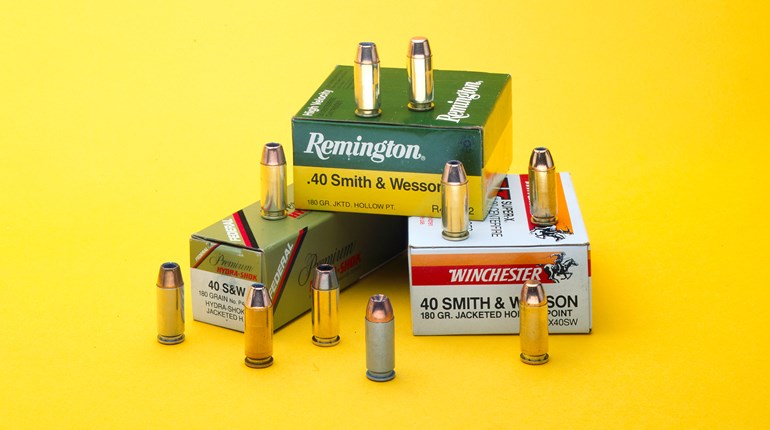
Developed in the first half of the 20th century, the recoilless rifle lives on today in designs like the Carl Gustaf shown above.
You may have noticed that a somewhat objectionable event occurs whenever you press the trigger and send a projectile downrange. It happens every time you fire anything that burns gunpowder. The gun wants to move backward and away from the direction the gun is pointed. It recoils, or “kicks” in the jargon of the shooter. Depending on the weight of the gun, size and weight of the bullet and velocity of that bullet, the recoil is greater or lesser. Factors like the shape of the gun and amount of surface area in contact with the shooter, impact the shooter’s impression of the gun-recoil experience. It can get sufficiently unpleasant as to be distracting. Distracted shooters often miss their target. There seems to be little we can do, as the phenomenon is simple physics. But, by manipulation of the factors that produce recoil (heavier gun, lighter bullet, lower velocity, better interface), we can manage the problem. Still, in plain terms, all guns kick…Except for the ones that don’t.
As early as the World War I era, there were efforts to build a gun that threw a shell weighing several pounds from one early biplane to another—with very little or no recoil. The first ones never worked well, but those early experiments got the ball rolling.
In World War II times, such guns were in use as infantry weapons and they continue in that role to this day. Much infantry work in present times is mechanized, but wars of the recent past were fought by walking soldiers whose gear had to be very portable. They also needed a portable anti-tank weapon. These needs drove the development of weapon systems described as recoilless rifles. In the ’50s and ’60s, they were widely used by American infantry units. They came in several sizes—57 mm, 75 mm and 105 mm. In time, a lighter 90 mm came along, as well as a heavy 106 mm unit. Most of these guns were mounted on tripods or one kind of vehicle or another—jeeps for the most part. The early 57 mm were shoulder-fired and weighed some 44 pounds. With difficulty, this one can be carried manually and used by infantry in walking situations. I saw 57s in use by ARVN soldiers in Vietnam, but never laid eyes on the 90 mm. That weapon weighed about 38 pounds and was deliberately made light for highly portable use.
Recoilless rifles have rifled barrels. The ammunition is manually loaded into the opened breech, which is then closed, much like an artillery shell. Several kinds of ammunition were made for these unique weapons. Since the primary reason for their existence is defense against armored vehicles, there was an anti-tank round with a shaped charge that would drill a hole in armor, as well as several kinds of anti-personnel rounds. The anti-tank rounds were very efficient at their assigned task, but lacked substantial fragmentation for use against enemy troops. One of the ammo types made for the 90 mm recoilless uses flechettes. These are small, finned, somewhat arrow-shaped steel darts. Flechettes are malleable and about the same size as smaller finishing nails. They can cover an area with sheer lethality—one or two is usually enough, but the 90 mm round fires 2,400 of them in each shot.
The recoilless rifle is a 20th century phenomenon. Tremendously effective, it has one major flaw in its spectacular backblast. There is an enormous cloud of flame, smoke and debris that jets rearward upon firing. The amount of energy expended in this rearward thrust is the same amount that sends that shorter shell out to a distant target—as far as 2,400 yards away. Firing a recoilless demands a quick trip elsewhere, as the backblast flash tells the enemy exactly where you are. I witnessed 106 mm recoilless rifles firing “in anger” on a number of occasions in Vietnam. The shell used was what was available—an effective anti-tank round. I looked and looked and never saw my first VC tank. I once witnessed a 106 fired at a grass hut in the middle of a huge rice paddy. The result was comical—in one side, out the other and no detonation. To take advantage of their unique properties, you have to have proper ammunition. Recoilless rifles are pretty much a thing of the past and current anti-tank weapons are commonly wire-guided rocket arms.
The recoilless-rifle system is unique and works like this. “Reckless” rifle rounds have a shell that is perforated with good-sized holes all over its surface. Inside, the propellant is packed into a combustible cardboard tube. Upon firing, a primer ignites the powder, which burns in a flash. The gas produced pushes the projectile down the bore and out the tube. But it also uses the gas that flows out through the holes in the shell casing. The breechblock has ports that vent the gases rearward. Those ports are angled in such a way that some of the gas is actually pushing forward. And, that thrust counters the rearward push of a heavy projectile fired from a fairly light gun. Result? No kick for this unique type of fightin’ iron.




































